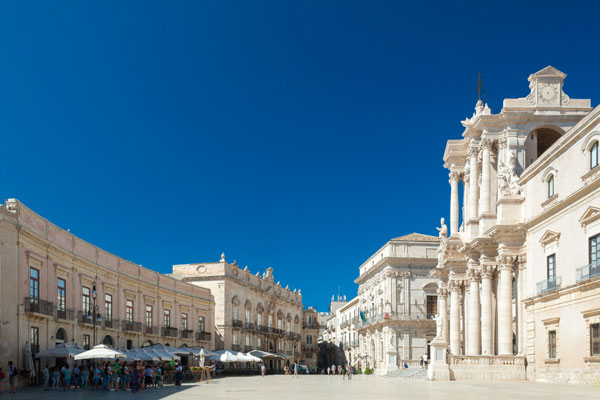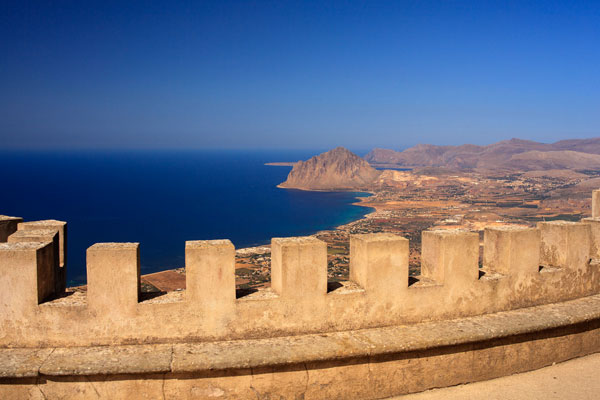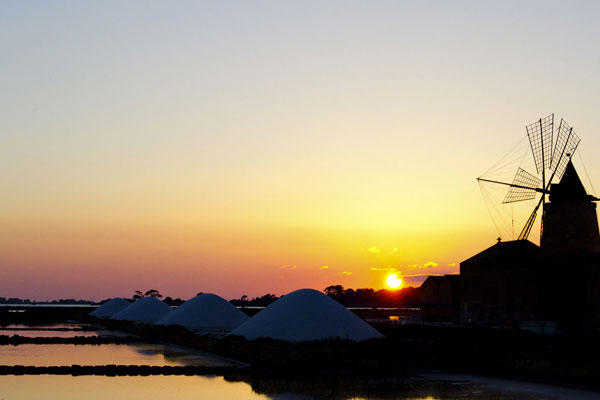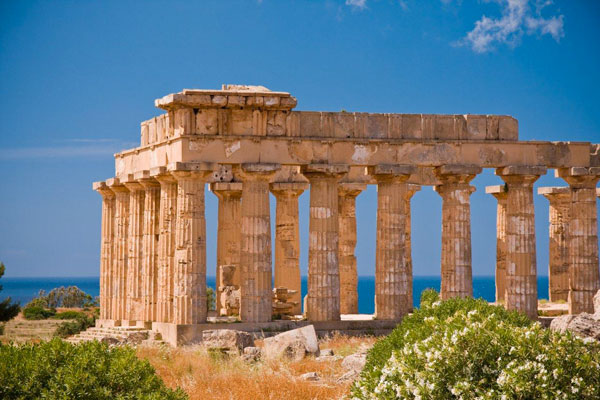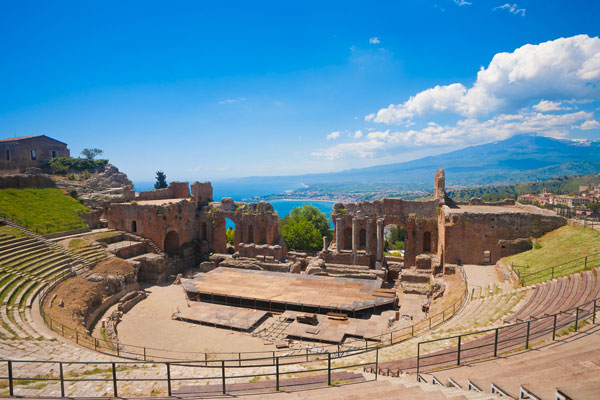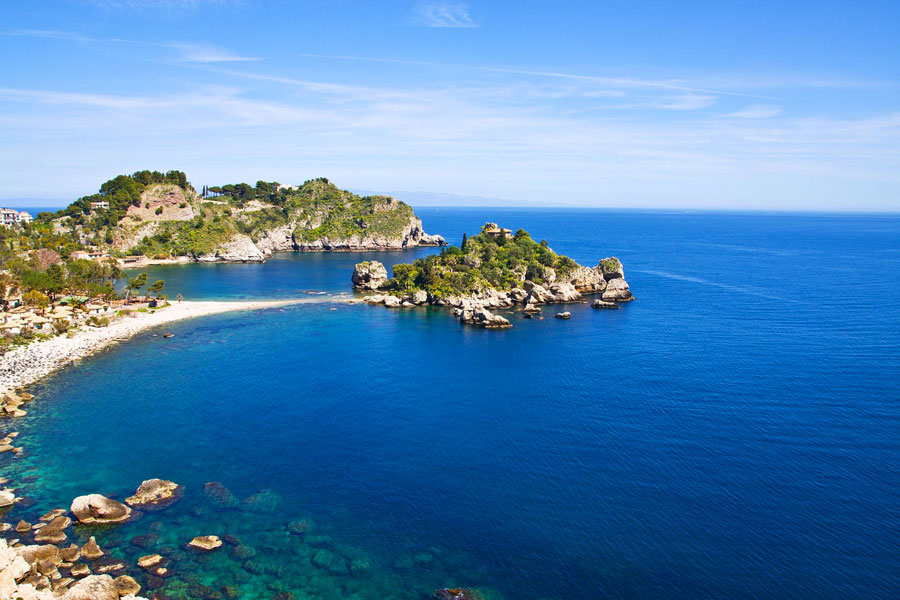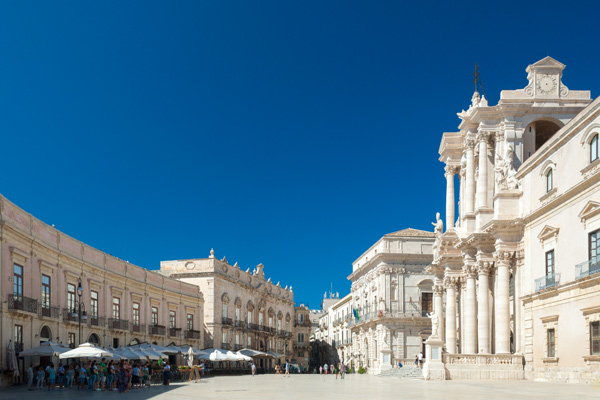Easter in Sicily
Easter in Sicily is, without any doubt, one of the most heartfelt celebrations of the liturgical calendar.
As a result of the Spanish rule Easter in Sicily is celebrated following some traditions that show the key moments of the Passion of Christ staged as a true theatrical play intriguing and moving.
Easter in Sicily is painted with the colors of spring: rich costumes and scenography turn processions into parades where the feelings of pain for Jesus’ death and of joy for his resurrection find a strong popular involvement.
As a matter of fact each town organizes Easter celebrations but it is in Marsala and Trapani that the traditional celebrations of Easter in Sicily finds the most amazing expression. Here the historical Processione dei Misteri takes place with special costumes and wooden statues of different epochs are carried on shoulders by the faithfuls to the rhythm of music.
Uzeda Viaggi propose you Easter in Sicily to let you enjoy such an experience.






